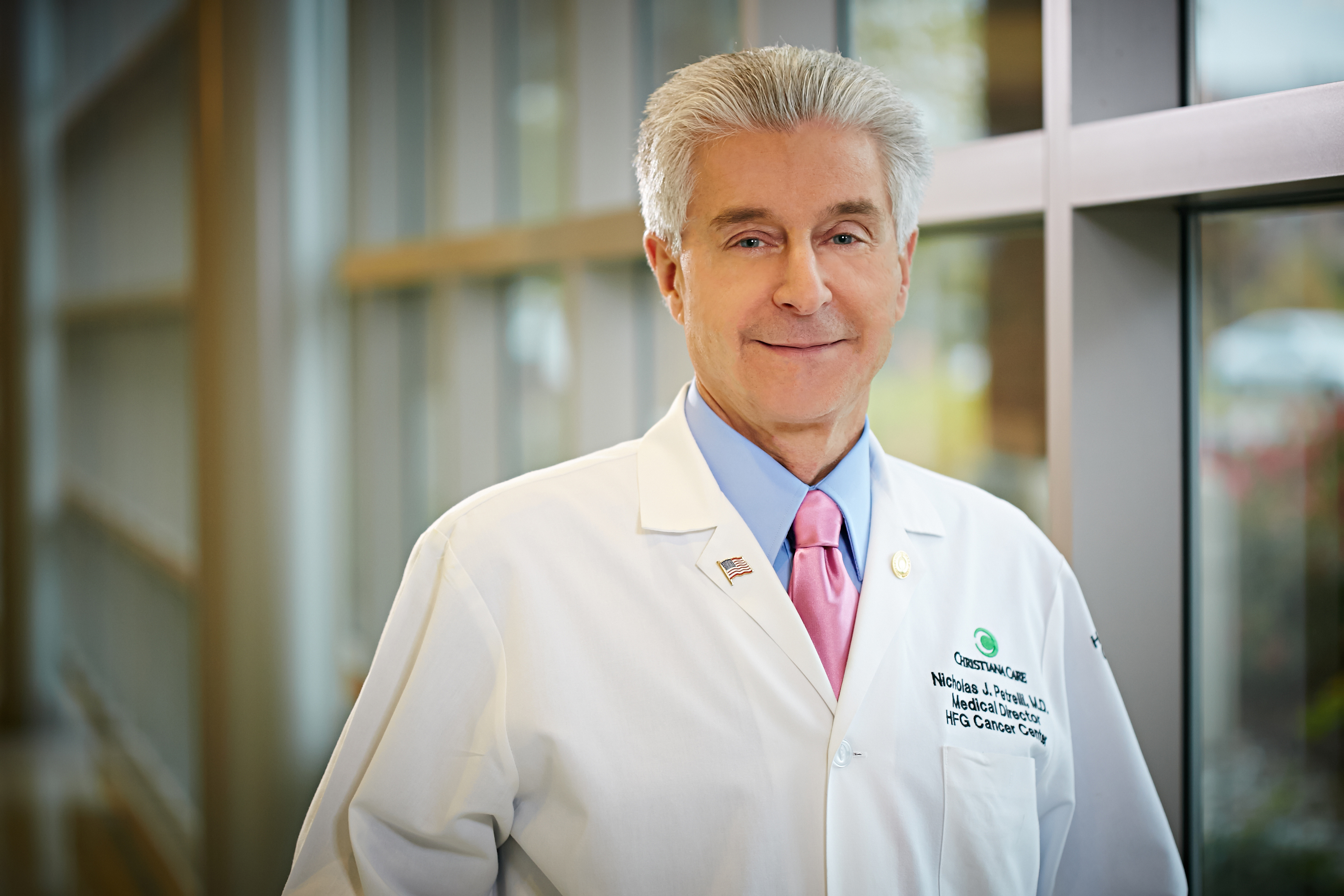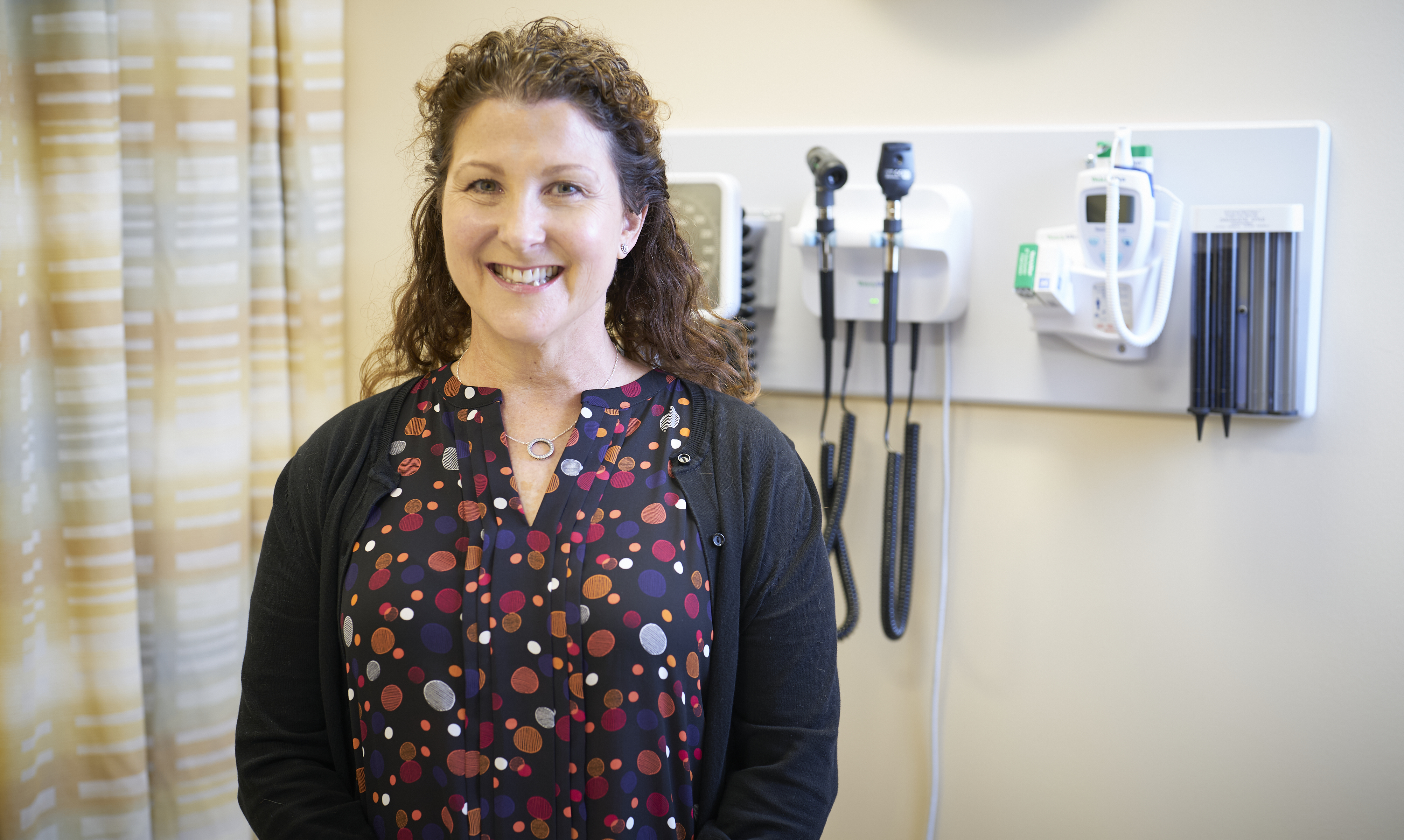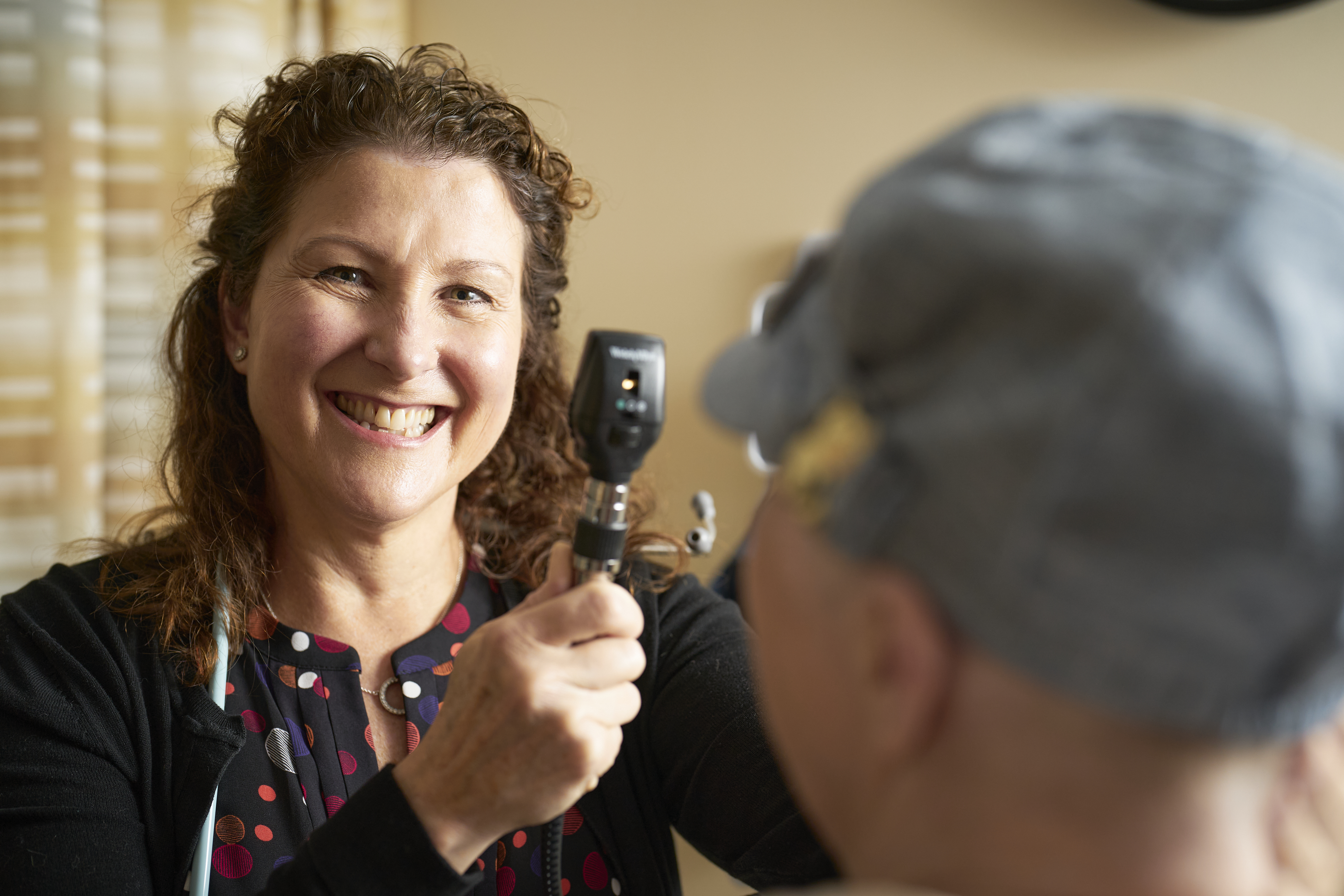
Getty Images
How ChristianaCare Integrated Oncology and Primary Care Access
By collocating oncology and primary care access, ChristianaCare’s cancer center has a unique ability to practice wraparound patient engagement and care management.
When Nicholas Petrelli, MD, first heard that 15 percent of the gynecological cancer patients at ChristianaCare’s Helen F. Graham Cancer Center & Research Institute didn’t have primary care access, he knew it was likely an underestimation.
After all, there are only three providers delivering gynecologic cancer care at the Delaware-based cancer center, but 16 more medical oncologists. Limited cancer patient access to primary care was likely a bigger problem than that 15 percent figure, and given the complex nature of cancer care, it was urgent that ChristianaCare address it.
“Patients with cancer are now living longer, so comorbidities become a major factor,” Petrelli told PatientEngagementHIT in an interview.
Unmanaged chronic illnesses can get even worse when someone has cancer, Petrelli said, and ultimately can have negative consequences, like emergency department admissions. But even though cancer patients regularly see their oncologists, it’s a tall order to have oncologists manage those chronic illnesses in tandem.

“Medical oncologists in this day and age, when it comes to hypertension, diabetes, chronic obstructive pulmonary disease, they're not in tune with that because they’re focused on complex cancer care,” Petrelli said. “It's hard enough to keep up on the cutting edge of that.”
That’s where something like the Graham Cancer Center’s primary care clinic comes in. The clinic, which is collocated inside the cancer center, helps meet the needs of oncology patients who report they do not have a regular primary care or family medicine provider.
From there, the patient gets a referral to someone like Debra Delaney, MSN, RN, ACNS-BC, FNP-BC, a nurse practitioner at the clinic. Integrating primary care and oncology care lets patients get the full spectrum of medical attention they need, according to Delaney, while still letting every clinician practice to their area of expertise.

“Having a primary care clinic in the same place, while patients are undergoing their cancer treatment, the primary care can focus on these treatments,” Delaney said during the interview. “So, that leaves the specialists to do what they're specialized in, and it leaves primary care like me to do what I am specialized in.”
ChristianaCare, which was recently awarded the Association of Community Cancer Center’s (ACCC) 2022 Innovator Award for the clinic, is among the first healthcare organizations to implement such an integrated care model. According to Petrelli, the inspiration came from the Graham Cancer Center’s Oncology Express Unit, something of an urgent care for cancer patients experiencing medical issues to divert them away from the general emergency department.
“We knew a lot of those patients were going to the emergency room that didn't have to go. They needed hydration or they needed pain management,” Petrelli explained.
But getting admitted, treated, and then discharged in a costly ED isn’t necessary for those medical needs, he added, especially given the risks an immunosuppressed cancer patient faces when entering an ED.
“We felt that there was a subgroup of patients who need hydration, pain management, cough, shortness of breath that we could handle in another area in the cancer center,” Petrelli said.
So when Petrelli, who is also the medical director of the Graham Cancer Center, saw that 15 percent of gynecologic cancer patients didn’t have a primary care provider, he knew the OEU could be something more. ChristianaCare expanded the OEU location within the Graham Cancer Center’s walls, which in turn let the organization expand patient-centered care.
“From a patient's standpoint, it's a very busy time in their lives when they have a cancer diagnosis and they want to put all of their energy into the cancer,” Delaney explained. “But at the same time, the hypertension is not going to go away. The diabetes is not going to go away.”
ChristianaCare’s collocated primary care center streamlines that patient access and creates a convenient way for patients to receive the care management they need without the hassle that typically comes with becoming a new patient in a primary care clinic.
Through ChristianaCare’s integrated model, Delaney said patients get to bypass the lengthy wait times associated with primary care access, for example.
“Our patients, they come into the cancer center by any different avenue,” Delaney explained. “They can be self-referred and they can go to a multidisciplinary conference where their condition is discussed with the specialist. And at that time, the nurse navigators, social workers, when they meet with the patient, they try to find out if they have a primary care provider.”
That discussion did take some fine-tuning, Petrelli noted.
“We were initially asking patients if they had a primary care, and they said no. But what they actually had was a family practice physician,” he explained.
Embracing a patient-centered approach, the organization now asks for both primary care providers, helping to shape the program to patient needs and health literacy levels.
Importantly, both primary care and oncology specialists are looped into this process by way of the EHR, Delaney emphasized. When the EHR flags a patient who does not have a primary care provider listed or who is due for primary care services, the oncologist also has the option to refer the patient to the ChristianaCare clinic.
That’s the beauty of the collocation, both Delaney and Petrelli indicated. Giving patients access to their specialty oncology care within the same four walls as their primary care creates a unique patient care management opportunity. Oncologists and primary care providers can more easily create a unified patient care team, and on the flip side, patients can more easily close the loop on their care access.
“If the patient is upstairs and they're not feeling well, they can be sent down for evaluation in the OEU,” Delaney explained. “And if their blood pressure is elevated, they can come down and I can talk to them about it. And this way, it allows the specialist in oncology to be the specialist and do their job. That's what they're trained to do, and this is what I'm trained to do.”

That’s been a boon for the overall patient experience, the pair said. In the first six months of the primary care clinic being open, the organization completed 70 referrals; the most recent figures show 247 referrals. Moreover, the Graham Cancer Center’s primary care program can boast a 90 percent patient satisfaction rate.
That patient satisfaction piece is critical, Petrelli said. Again, the primary care clinic, plus the OEU, are two central strategies for mitigating emergencies that would land patients in the ED. “That's really critical,” he stated. “You're not going to have that kind of patient satisfaction in the emergency room. It's not going to happen.”
Of course, not every patient is going to stay with the primary care provider at the Graham Cancer Center, Delaney pointed out.
Some patients just might prefer to get in with a primary care provider closer to home. And in the best-case scenario, a patient might go into remission and need a transfer to a primary care provider not collocated in the cancer center.
In those cases, Delaney works with the patient to find a new primary care provider who will meet the patient’s needs. And to ensure continuity of care, Delaney and other primary care providers in the cancer center prepare transfer summaries to send directly to the new provider.
Moving forward, the Graham Cancer Center wants to push the patient volume in the primary care clinic, helping to further meet patient needs. The organization foremost plans to do so by expanding operating hours.








